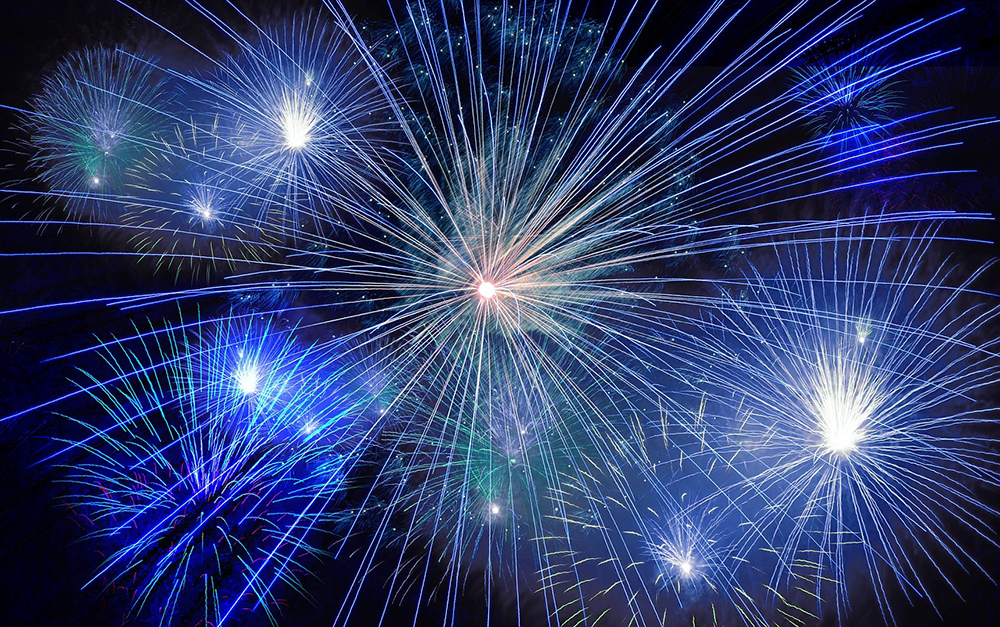Even though Fireworks are illegal in our county they have already begun in our neighborhoods around Pleasant Hill. Summer has arrived, and for many, that means outdoor celebrations with fireworks, particularly around the Fourth of July. Unfortunately, this also means that there will be an increase in eye injuries. Here are some quick facts:
- The majority of fireworks injuries occur between mid-June and mid-July.
- According to the most recent annual fireworks injury report from the United States Consumer Product Safety Commission, fireworks caused 9 deaths and 11,500 injuries in 2021.
- According to the report, 14% of fireworks injuries were eye injuries.
- Some of the most serious fireworks eye injuries include globe rupture, chemical and thermal burns, corneal abrasions, and retinal detachment. All of these can result in long-term eye damage and vision loss.
- Children aged 15 and under accounted for one-third of all fireworks-related injuries.Sparklers, too, can be hazardous; they burn at 2,000 degrees and were responsible for 1,495 injuries in the most recent report.
- Flaws in equipment and explosives cause many fireworks injuries. In 2021, the Consumer Product Safety Commission’s Office of Compliance and Field Operations found banned chemicals, unsafe levels of explosive materials, or dangerously modified fuses in roughly one-third of the publicly sold fireworks examined.
- Even if you are not handling fireworks, you may be in danger because approximately 65% of people injured by fireworks are bystanders.
Protecting Your Eyes
Rather than attempting to set off fireworks at home or at a neighborhood gathering, the best way to protect your eyes is to leave it to the professionals and attend a public display. Other suggestions include the following:
- Follow all safety instructions and respect all safety barriers.
- View the fireworks from a distance of at least 500 feet.
- Do not come into contact with unexploded fireworks.
Furthermore, the American Academy of Ophthalmology recommends that all fireworks professionals and bystanders wear American National Standards Institute (ANSI)-compliant eye protection.
For more helpful eye care and vision care tips, please visit our main blog page.
Sources:
Image by Gerd Altmann from Pixabay

